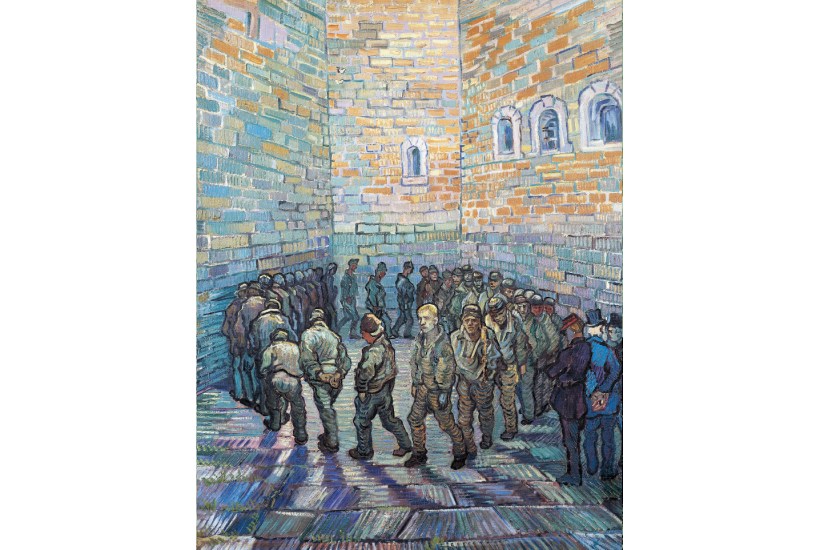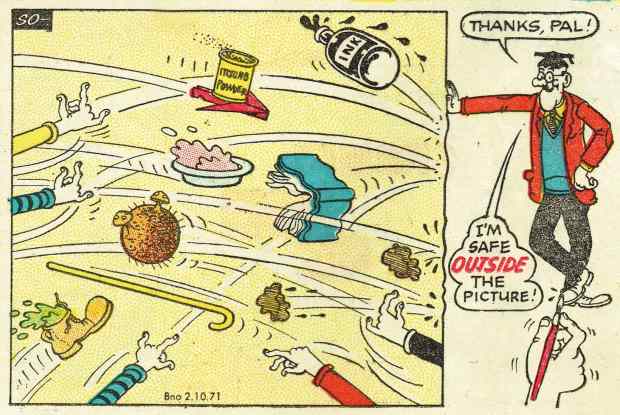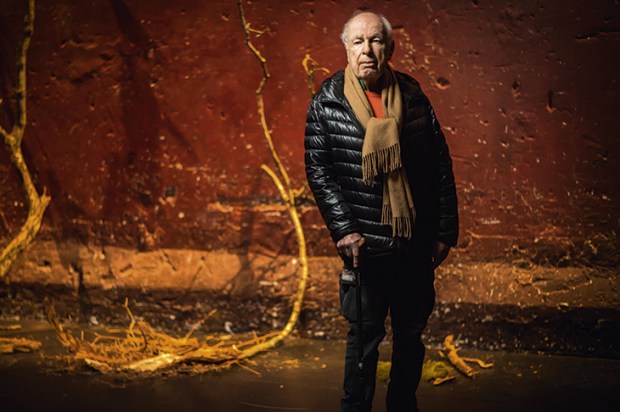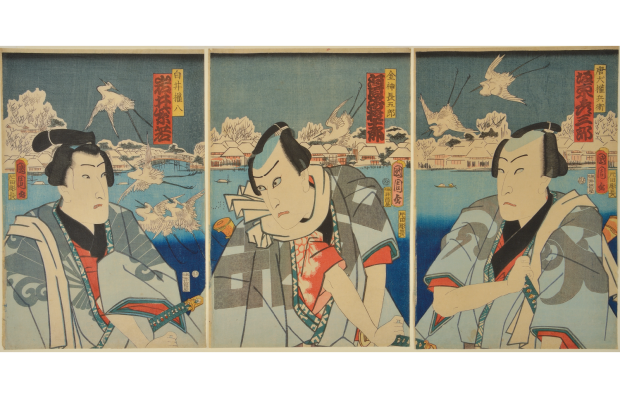The centrepiece of the exhibition at Britain’s only contemporary art gallery in a prison is an installation, consisting of two broken, stained armchairs. They’ve been placed face-to-face, as if for a therapy session. Elsewhere there are silkscreen prints and paintings. This outbuilding-cum-art studio and gallery is where prisoners are also taught dry-point etching – surprising given the needles involved, but I am assured that all potential weapons are accounted for at the end of each session.
Already a subscriber? Log in
Subscribe for just $2 a week
Try a month of The Spectator Australia absolutely free and without commitment. Not only that but – if you choose to continue – you’ll pay just $2 a week for your first year.
- Unlimited access to spectator.com.au and app
- The weekly edition on the Spectator Australia app
- Spectator podcasts and newsletters
- Full access to spectator.co.uk
Unlock this article
You might disagree with half of it, but you’ll enjoy reading all of it. Try your first month for free, then just $2 a week for the remainder of your first year.














Comments
Don't miss out
Join the conversation with other Spectator Australia readers. Subscribe to leave a comment.
SUBSCRIBEAlready a subscriber? Log in